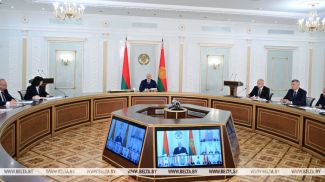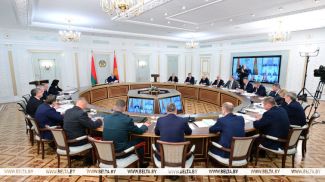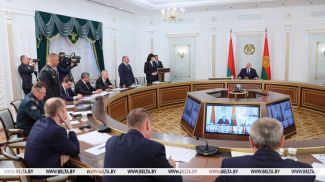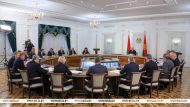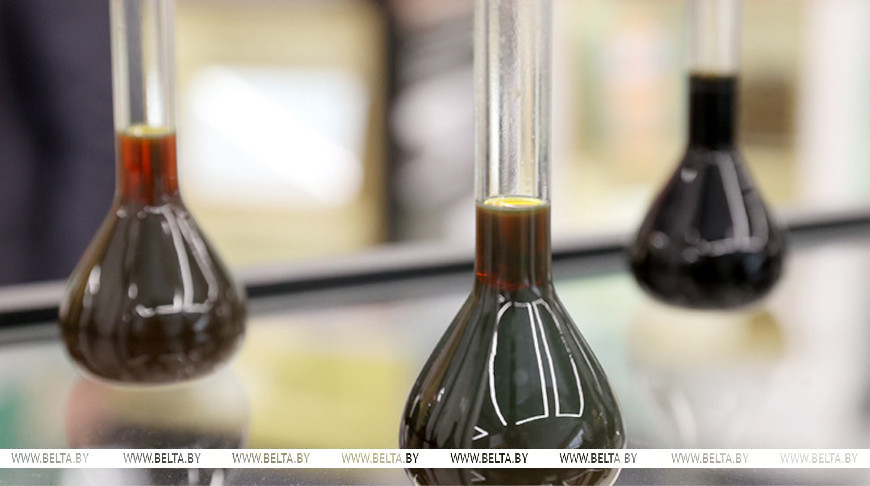
Geologist Mikhail Gromyko is considered to be the founder of Belarusian oil exploration. Back in 1930, together with Belarusian geographer Nikolai Arbuzkin, he began to search for oil in Rechitsa District. To find possible deposits, scientists drew up a plan for prospecting work and developed a special questionnaire for local residents. In the new episode of BelTA’s YouTube project "After the Fact: Lukashenko’s Decisions", we will tell you how the first attempts by geologists to find oil in Belarus ended. How does oil production differ on our lands? To whom, according to the president, all the minerals belong?
First oil wells in Belarus
Mikhail Gromyko, alas, failed to complete the work because of the political purge. The geologist was arrested and exiled from Belarus. The idea that Belarus might have deposits of minerals, including hydrocarbons, was substantiated by mining engineer and geologist Aleksandr Rozin in 1933. He was convinced that oil would eventually be discovered and suggested building the necessary infrastructure for the new industry.
In 1937, the first geological department in the history of the BSSR was established. Future academician Gerasim Bogomolov made the first geological map of Belarus. He also made predictions regarding the Soligorsk potash deposit and oil reserves. In 1939, the first well was drilled near Shatilki (now Svetlogorsk). But there was not much oil there.
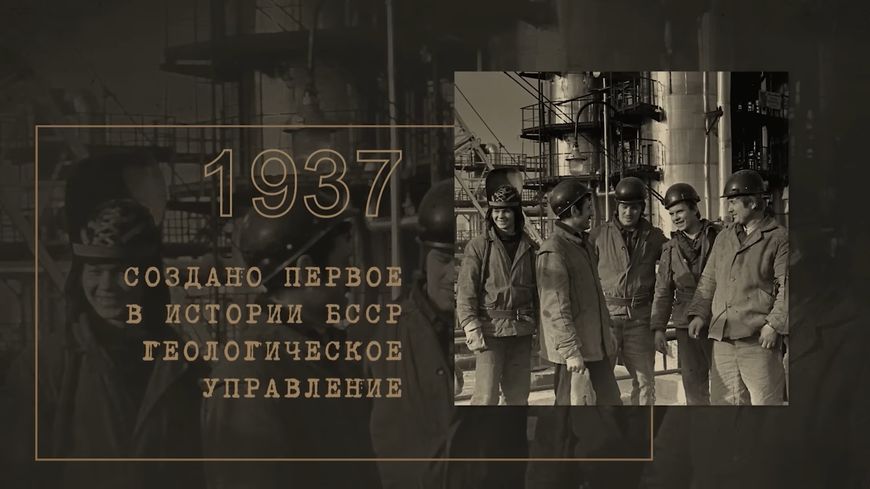
Further searches were interrupted by the war and resumed only in 1951 when the first Belarusian expedition went on exploratory drilling. But oil wouldn't flow like a river. The wells did not yield the expected result. It was not until August and October 1964 that the Belarusians finally received the first industrial flows of oil. The names of foremen Valentin Zaitsev and Vladimir Galka went down in history. Their crews drilled two wells, R-8 and R-6. Daily volumes were 126t and 600t. The discovered field was named Rechitskoye. So, Mikhail Gromyko was right to assume that there were oil reserves in his hometown.
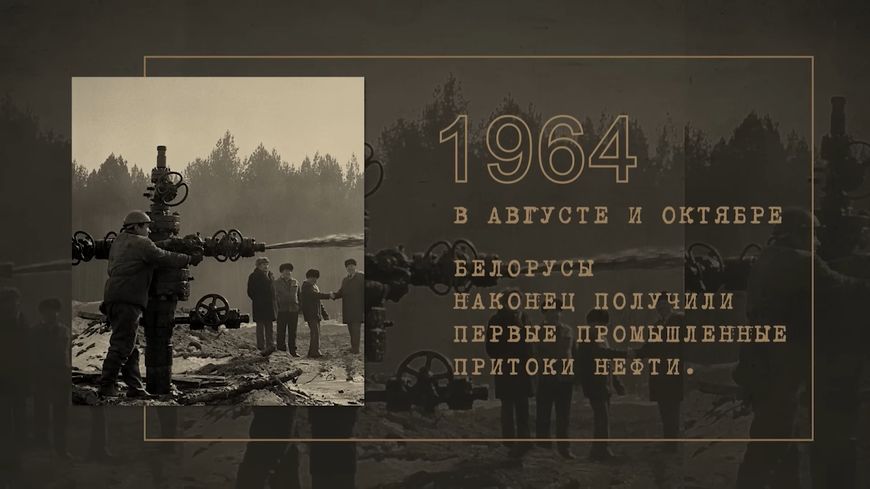
“Oil in our country lies at great depths: from 1.5 to 5 km. Rocks are complex. In general, the oil is light, low-sulfur. If you compare it with the Russian oil, it is better. As for the reserves, since 1965, they have become difficult to recover. Reservoirs are not common. What is a classical reservoir? It is like a sponge: it absorbs and gives off easily. Oil-bearing rocks are represented by conductive rocks and require new technologies,” said Vasily Kolb, Head of the Main Natural Resources Directorate at the Ministry of Natural Resources and Environmental Protection.
How much oil does Belarus produce annually?
In April 1965, the Rechitsa oil field (later the Rechitsaneft oil and gas production division) was put into operation. It produced the first "standard" industrial Belarusian oil. The launch was attended by First Secretary of the Central Committee of the Communist Party of the BSSR Piotr Masherov and the leaders of the oil industry of the USSR. A year later, the state oil and gas production association Belorusneft was set up in the country. 1967 was a landmark year: Belarus produced the first million tonnes of oil and 2 million cubic meters of associated gas.
The production peaked in 1975 when almost 8m tonnes of oil was extracted. It was followed by a decline that reached a plateau in 1982 when the output approximated two million tonnes.
“It is really sad for the company. I wish they did not produce as much oil back then. We exhausted our oil reserves because we mistakenly believed that oil was in abundance in Belarus. Maybe we have some reserves that we have not discovered yet. This is the main topic of today’s conversation. Had we produced 8-9 million tonnes of oil today, we would have lived better than the richest countries in the world. But, alas, this is not the case,” Aleksandr Lukashenko said as he was hearing report by Belorusneft Director General Aleksandr Lyakhov in September 2021.
Rational development of deposits has allowed stabilizing production and maintain the annual output at 1.645m tonnes since 2013. The year 2017 marked a slight increase in production. Now the goal is to reach 2m tonnes. What is the ceiling? Even experts find it hard to say. It is not entirely clear what kind of reserves we have and how many. The president’s position is to step up geological exploration, but it should be done in a smart way.
“As far as I know, at present recoverable oil reserves amount to about 45m tonnes. In 2016-2023 they increased by 14m tonnes, including by 2.5m tonnes in 2023 alone, the highest over the past 40 years. That means that there is still something to tap into. I say it again: go and look for what the country needs,” the Belarusian president said in March 2024.
Challenges associated with extraction of Belarusian oil
Much of hydrocarbon production is still concentrated in the Pripyat Trough area. These are Gomel Oblast and Mogilev Oblast. Since the beginning of oil extraction in Belarus, more than 144m tonnes of oil have been produced. It is noteworthy that most of the reserves are difficult to extract, as our oil lies very deep: from 2 to 4km underground. The deepest well is Predrechitskaya No. 1. It is 6,755 meters deep. For comparison: in Russia, some deposits often lie at a depth of 1km.
“Horizontal drilling is used. Classic vertical drilling is also applied, but horizontal or coiled tubing method is more common. All this is rather costly. Belorusneft has set up an institute that works on hard-to-extract reserves. Vertical drilling is also used. The head of state set the task to increase the output. Thus, our geology institute conducts research, exploration and introduces new technologies,” Vasily Kolb said.
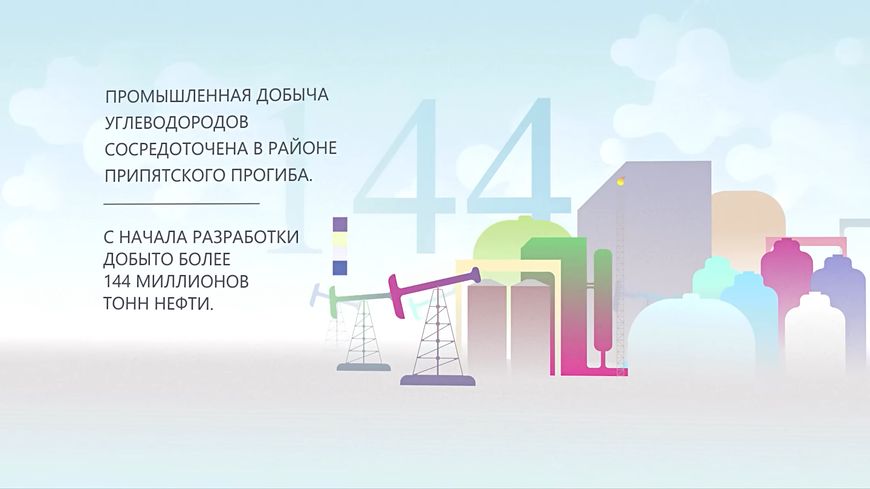
Prices for minerals are growing every year. Therefore, it makes perfect sense to use what is literally lying under your feet. Oil production now is not the same as it was half a century ago. Do you remember the silver suitcase at the meeting with the president? This is what the oil-bearing rock from which oil is extracted looks like.
“It shows how the conditions for oil production have changed in Belarus. Some 50–60 years ago these were porous rocks, but today, oil can be extracted from rocks that have low capacity and filtration characteristics. To do this, it is necessary to perform hydraulic fracturing and build horizontal wells. That is what Belorusneft is doing now, as this technology is more promising,” Belorusneft Director General Aleksandr Lyakhov following the meeting hosted by the president in March 2024.
What shortcomings Lukashenko sees in deposit development
The head of state criticized the situation a lot back then. Let’s take the Research and Production Center for Geology as an example. 90% of its technological assets were worn out. The president urged to improve logistical support for the center. A total of 21 units of modern machinery and equipment were purchased within the following two years. But new methods, programs and breakthrough technologies were lacking. The president urged to come up with a single mechanism to monitor deposit development. There was a lot of mismanagement. Mineral developers and local authorities simply talked past each other sometimes.
“We are up to our neck in red tape, endless approvals, unnecessary appraisals. It is the business that suffers. I have specifically instructed to invite all the governors here today, so that no one would have any questions about how to work further,” Aleksandr Lukashenko stressed at the meeting to discuss the situation and development prospects of the country’s mineral and raw material base.
The head of state criticized the situation a lot back then. Let’s take the Research and Production Center for Geology as an example. 90% of its technological assets were worn out. The president urged to improve logistical support for the center. A total of 21 units of modern machinery and equipment were purchased within the following two years. But new methods, programs and breakthrough technologies were lacking. The president urged to come up with a single mechanism to monitor deposit development. There was a lot of mismanagement. Mineral developers and local authorities simply talked past each other sometimes.
“We are up to our neck in red tape, endless approvals, unnecessary appraisals. It is the business that suffers. I have specifically instructed to invite all the governors here today, so that no one would have any questions about how to work further,” Aleksandr Lukashenko stressed at the meeting to discuss the situation and development prospects of the country’s mineral and raw material base.
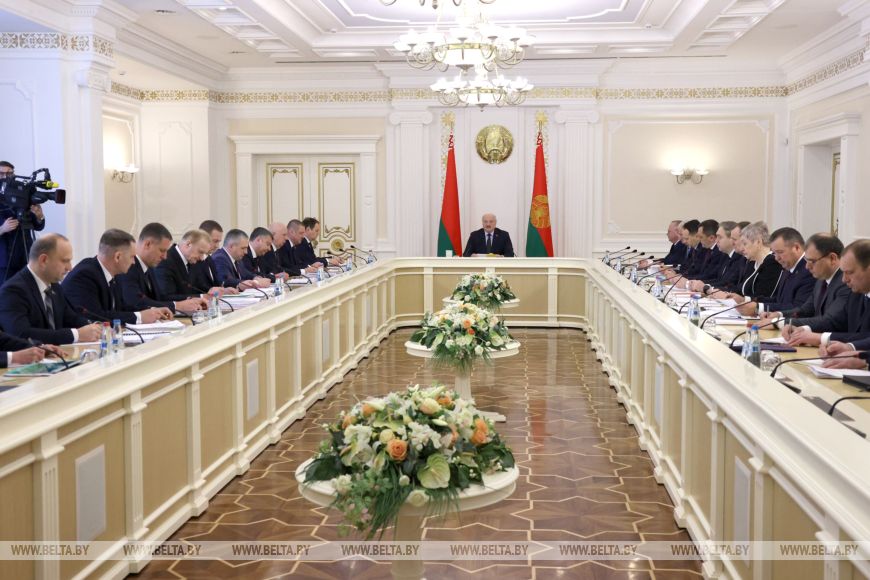
A potentially oil-bearing structure was discovered in Belarus last year. The gain of oil resources made up 457,000 tonnes. This year started with good prospects as well. For example, seven new wells were drilled in Gomel Oblast in March. Most of them are located within the Rechitskoye deposit. Specialists are developing 63 deposits this year all in all. Our oil experts are also well-known in faraway Siberia. Belarusians have started installing another drilling rig at the Beregovoye deposit.
“Geological exploration is an activity that provides a country with useful minerals. It helps discover new minerals, and ensure the country's economic welfare. National security depends on the mineral resource base. It is of high relevance to our state as well. A number of enterprises have been making use of the deposits explored since Soviet times. The largest one is Granit in Mikashevichi. Three cement plants use the country’s chalk deposits,” Vasily Kolb said.

Who owns Belarus’ mineral resources, according to Lukashenko
Will Belarusians ever be able to find an oil vein? We will know only if we explore. No pain, no gain. The president urges oil specialists to intensify geologic exploration, to utilize funds wisely, and to work hard, in general. The country has enough competencies to produce oil!
“The more wells we develop, the more opportunities to get bigger amounts of raw materials we get. There are deposits with dozens of wells, but not all of them are productive. Oil is a resource that needs exploration. We can drill a well and suspend it. If it is not profitable now, it can be left for the next generation,” Vasily Kolb believes.
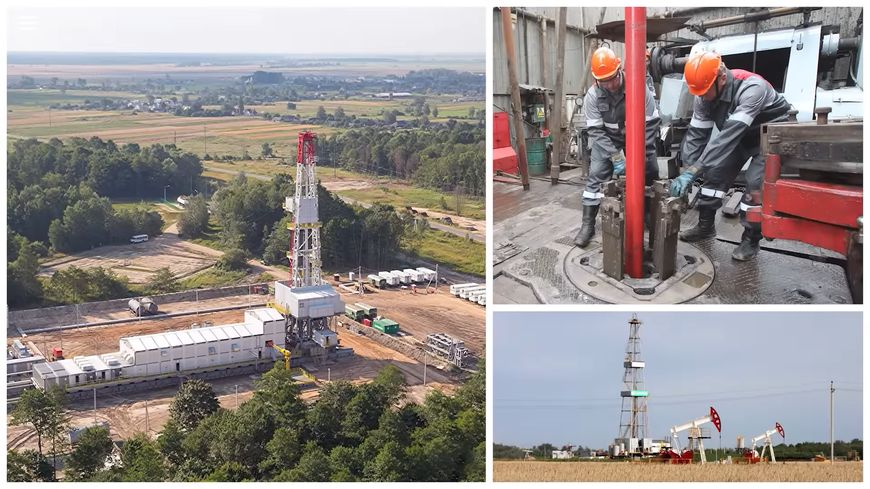
“All mineral resources are national assets, strategic reserves belonging to people only. These are potassium, oil, and fresh water (that has become a very precious resource in the world lately), and many more. We should manage our assets in a smart and prudent way,” the president said at the meeting to discuss the situation and development prospects of the country’s mineral and raw material base.







